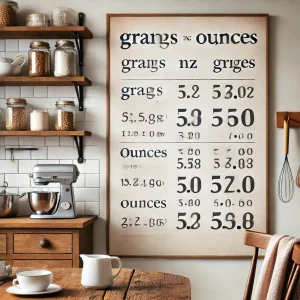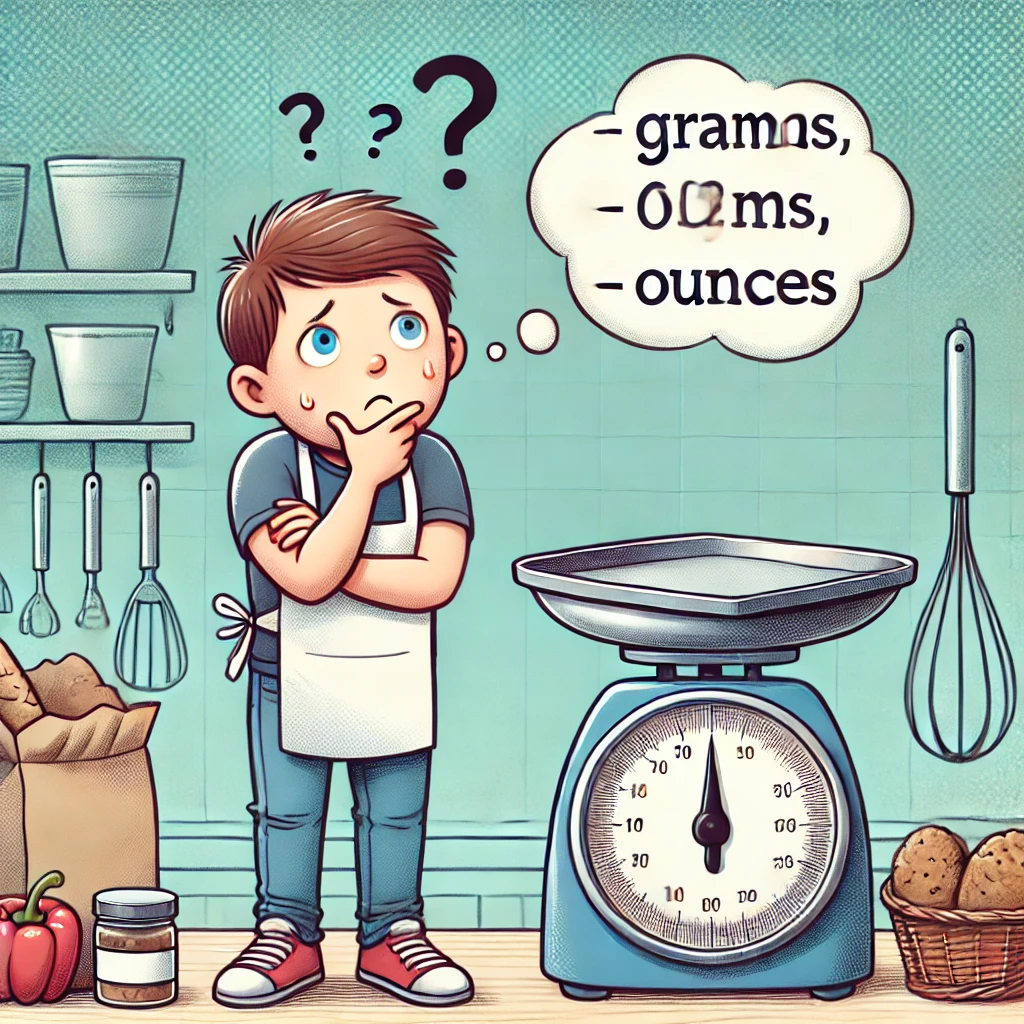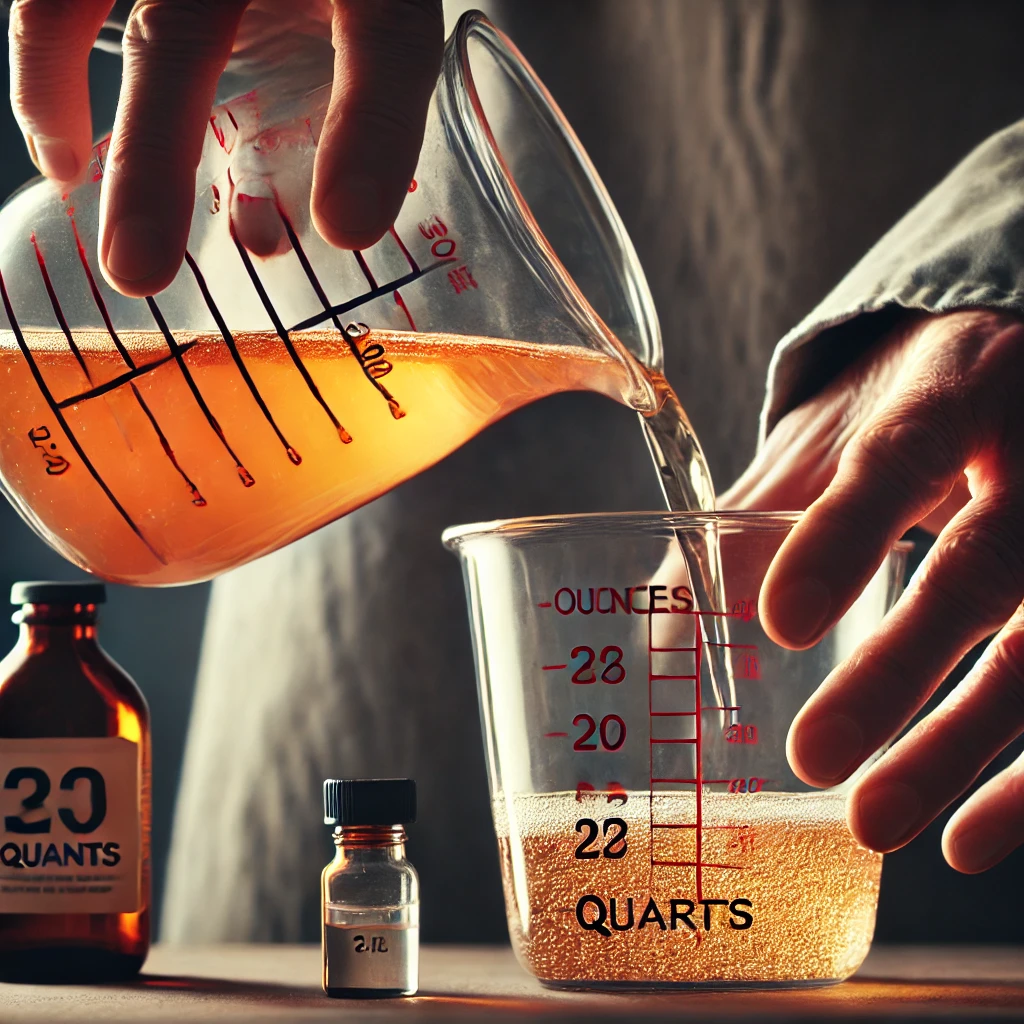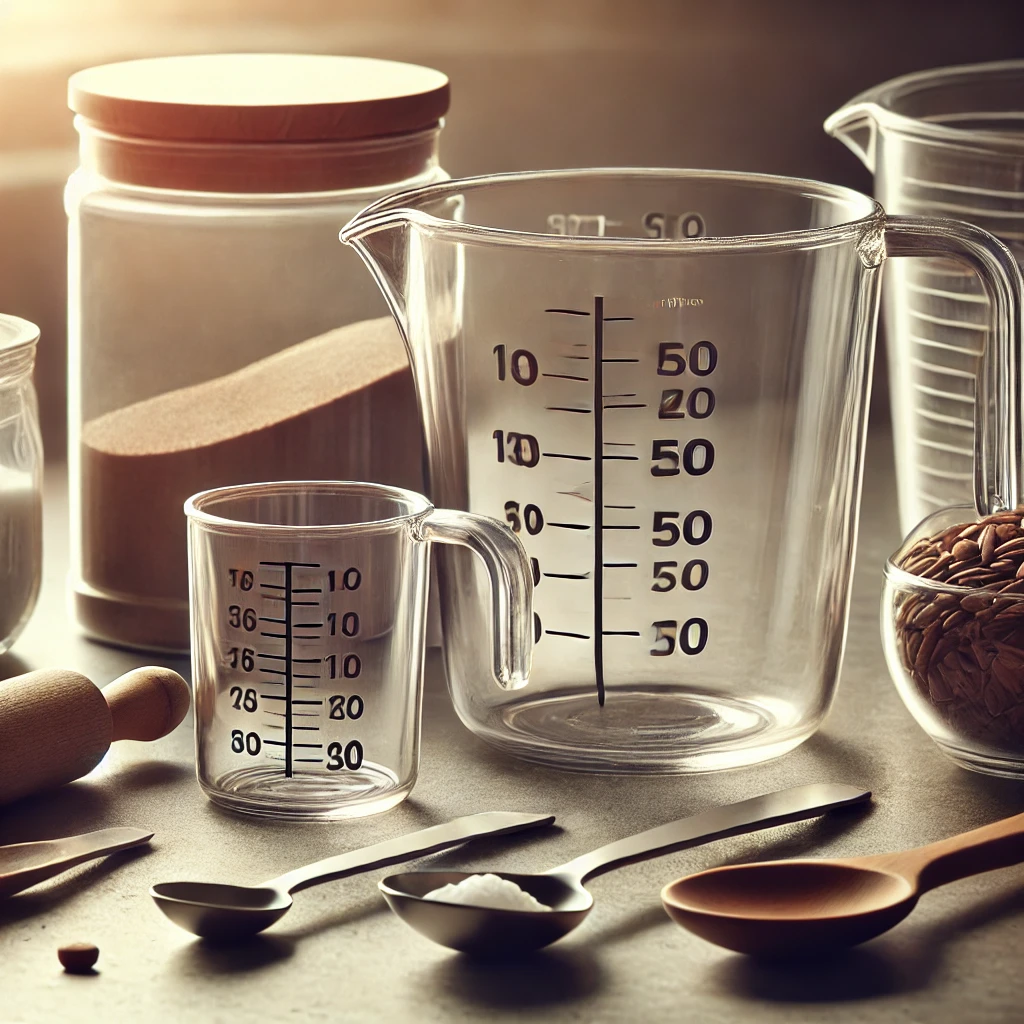How Many Grams Are in an Ounce- Accurate measurements are essential in various fields, from cooking and science to trade and fitness. However, the differences between measurement units like grams and ounces can often lead to confusion. This article aims to clarify the conversion between these units, helping you understand how many grams are in an ounce and why this knowledge is important.
Key Takeaways
- Exact Conversion Rate: 1 ounce equals 28.3495 grams, commonly rounded to 28.35 grams for simplicity.
- Use Digital Scales: Digital scales provide precise measurements and often allow easy switching between grams and ounces.
- Avoid Rounding Errors: Use accurate conversion rates, especially in scientific contexts where precision is crucial.
- Consistency is Key: Always use consistent measurement units within the same context to avoid discrepancies.
Also Read: Understanding Measurements: How Many Ounces Are in a Gallon?
The Basics of Measurements

Grams and ounces are both units of weight used worldwide, albeit in different contexts. The gram is a metric unit, originating from the French “gramme,” and is commonly used in science, medicine, and many countries for general purposes. On the other hand, the ounce, derived from the Latin “uncia,” is part of the imperial system, primarily used in the United States for cooking, packaging, and certain commercial transactions.
Conversion Fundamentals
The exact conversion rate between grams and ounces is 1 ounce = 28.3495 grams. For practical purposes, this is often rounded to 28.35 grams. The basic formula for converting ounces to grams is:
grams=ounces×28.3495\text{grams} = \text{ounces} \times 28.3495grams=ounces×28.3495
Conversely, to convert grams to ounces:
ounces=grams/28.3495\text{ounces} = \text{grams} / 28.3495ounces=grams/28.3495
Practical Examples

Cooking Measurements
When following a recipe, precise measurements can be crucial. For instance, a recipe calling for 2 ounces of flour can be converted to grams by multiplying:
2 ounces×28.3495=56.699 grams2 \text{ ounces} \times 28.3495 = 56.699 \text{ grams}2 ounces×28.3495=56.699 grams
Scientific Applications
In scientific experiments, accuracy is paramount. If a protocol requires 100 grams of a substance, converting this to ounces ensures precision in international collaborations:
100 grams/28.3495=3.527 ounces100 \text{ grams} / 28.3495 = 3.527 \text{ ounces}100 grams/28.3495=3.527 ounces
Everyday Situations
Understanding these conversions can also be helpful in daily life, such as when tracking nutritional information or buying groceries. Knowing that a 500-gram bag of produce is roughly 17.64 ounces can assist in making informed decisions.
Tools and Resources for Accurate Conversion
Digital Scales
For the most accurate measurements, digital scales are highly recommended. They often allow switching between grams and ounces at the touch of a button, ensuring precision.
Conversion Apps and Websites
There are numerous apps and websites available that provide quick and easy conversions. Tools like Google’s unit converter or dedicated apps can save time and reduce errors.
Printable Conversion Charts
Having a printed conversion chart in your kitchen or lab can be incredibly convenient. These charts offer quick reference points without needing to do mental math or look up conversions online.
Common Mistakes and How to Avoid Them
Misreading Measurements
One of the most common errors is misreading the measurement on scales or conversion charts. Always double-check your readings to avoid mistakes.
Rounding Errors
While rounding can simplify conversions, it can also introduce errors, especially in scientific contexts where precision is critical. Use the most accurate conversion rate possible when exact measurements are needed.
Inconsistent Units
Using inconsistent units within the same context can lead to significant discrepancies. Always stick to one measurement system or ensure all units are correctly converted.
Grasping the conversion between grams and ounces enhances accuracy and efficiency in many aspects of life. Whether you’re a chef, a scientist, or simply someone looking to make informed decisions, knowing how to convert these units is invaluable. Practice these conversions regularly, utilize the tools at your disposal, and you’ll find measurements becoming a seamless part of your routine.



